Yesterday I wrote about how Mexican Controy is now being distributed in the U.S. by a little company in Texas called Pura Vida. I also mentioned a story I’d written a few years ago on how to make The Best Damn Margarita Ever. The keys to that cocktail were using a 100% agave tequila, Mexican Controy, and a homemade sour mix.
Thinking about all this kept me up last night. Getting a really good tequila is obvious and now you know how to get ahold of Mexican Controy. But I didn’t really say anything about the sour mix which is just as important as the spirits.
First of all, if you’ve got a bottle of commercially made sweet and sour mix in your refrigerator, I want you to do the following: Go to fridge. Pick up bottle. Unscrew cap. Pour down drain. Throw bottle away.
Never ever ever insult yourself or your guests by using one of those funky sweet and sour mixes no matter how much they cost (do those colors look natural to you?). There is just no comparison to making your own. And it’s not that hard. First you need to make some simple syrup. This should take you all of about 3 minutes. Simply add 2 cups of sugar and 1 cup of water to a pot and gently heat until all the sugar is dissolved. No need to boil. After it cools, pour the syrup into a clean bottle. (Bar trick: after you pour it into the bottle, add an ounce of vodka to the simple syrup to prevent mold or bacteria from growing.)
Now, to make your homemade sour mix, all you’re going to do is use equal parts freshly-squeezed citrus juice and simple syrup. The easiest thing to do is use equal parts lemon and lime juice. For instance, to make a liter of sour mix you’d combine 8 ounces lime juice, 8 ounces lemon juice, and 16 ounces simple syrup. But you can use other combinations as well. For instance, I typically use a little grapefruit juice when making a sour mix for margaritas. Maybe 4 ounces of grapefruit juice, 4 ounces lemon juice, and 8 ounces lime juice. Sometimes I’ll use blood orange juice as well. Give it a try. You’ll find whatever combination of citrus juices you use will be a lot better tasting than anything you can buy at the store.

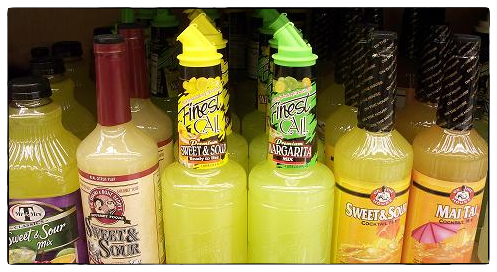
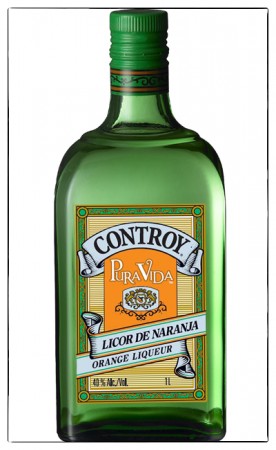
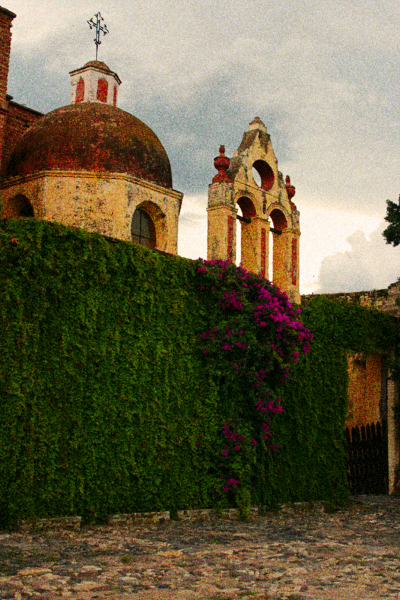


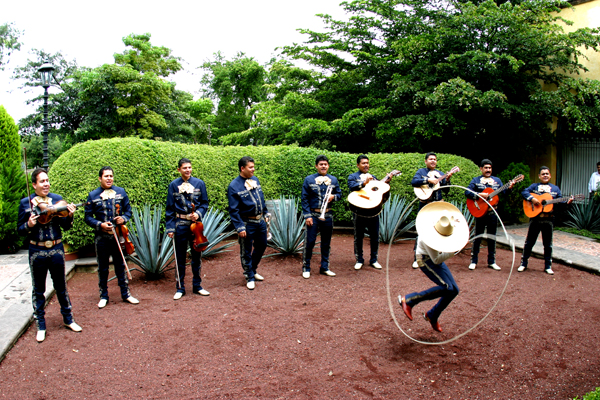
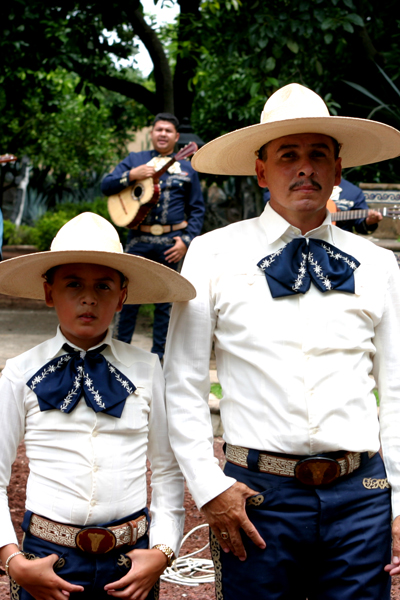
Recent Comments